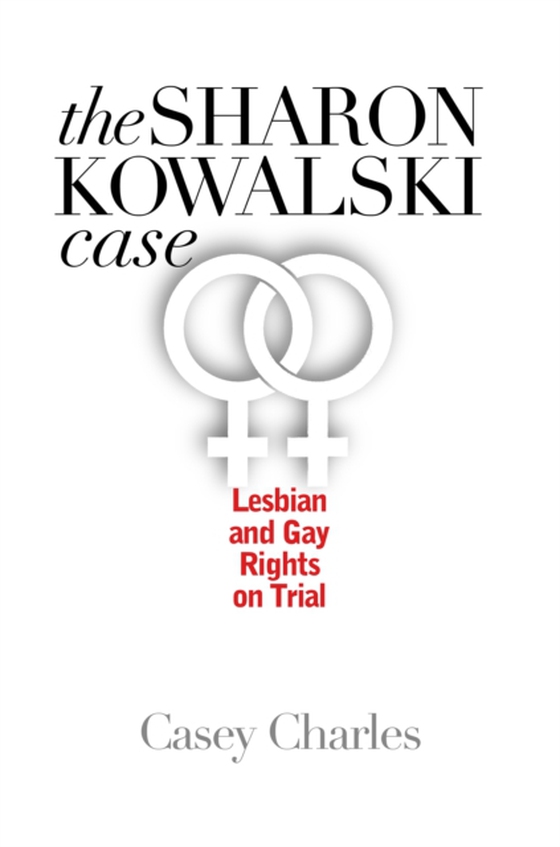
Sharon Kowalski Case e-bog
216,74 DKK
(ekskl. moms 173,39 DKK)
Judy Grahn Award for Lesbian Nonfiction, FinalistWhile car-crash victim Sharon Kowalski lay comatose in the hospital, battle lines were drawn between her parents and her lesbian companion Karen Thompson, initiating a nearly decade-long struggle over the guardianship of Kowalski. The ensuing litigation became a rallying point for gays and lesbians frustrated by laws and social stigmas that treat...
E-bog
216,74 DKK
Forlag
University Press of Kansas
Udgivet
10 september 2022
Længde
318 sider
Genrer
JFSK1
Sprog
English
Format
pdf
Beskyttelse
LCP
ISBN
9780700634293
Judy Grahn Award for Lesbian Nonfiction, FinalistWhile car-crash victim Sharon Kowalski lay comatose in the hospital, battle lines were drawn between her parents and her lesbian companion Karen Thompson, initiating a nearly decade-long struggle over the guardianship of Kowalski. The ensuing litigation became a rallying point for gays and lesbians frustrated by laws and social stigmas that treated them as second-class citizens. Considered the most compelling case of his lifetime by the late Tom Stoddard, former executive director of the Lambda Legal Defense Fund, the Kowalski legal saga also resonated deeply among AIDS patients who worried that they too might be legally deprived of their partners care. A gripping story of love and law, The Sharon Kowalski Case chronicles one of the true landmarks in the fight for the rights of same-sex partners, fully framed for the first time within its social, political, and historical contexts. Drawing on trial transcripts, medical records, newspaper archives, and personal interviews, Casey Charles goes well beyond Thompsons own highly personal account in Why Cant Sharon Kowalski Come Home? In the process, he brings to life emotions and personalities that dominated the courtroom dramas and illuminates the highly contested judgments emerging from supposedly objective authorities in journalism, medicine, and the law. Charles weaves together various versions of the story to show how one isolated dispute in Minnesota became part of a larger national struggle for gay and lesbian rights in an era when the movement was coming of age both legally and politically. His account recalls the rough road lesbians and gay men have had to travel to gain legal recognition, examines how the law is politicized by the social stigma attached to homosexuality, and demonstrates how conflicted the decision to come out can be for lesbians and gays who view the closet as both prison and refuge. For Charles himselfas a gay man with HIVthis story greatly transcends mere academic interest and necessarily addresses the broader implications for lesbians and gay men for legal recognition. His book should be both instructional and inspirational to all readers concerned with the evolution of civil libertiesespecially for lesbians, gays, and the disabledin America today.
 Dansk
Dansk

